Forensic Science
Introduction
Forensic science, also known as criminalistics, is the application of science to criminal and civil laws, primarily—on the criminal side—during criminal investigations, as governed by the legal standards of admissible evidence and criminal procedure 1(https://www.britannica.com/science/forensic-science).
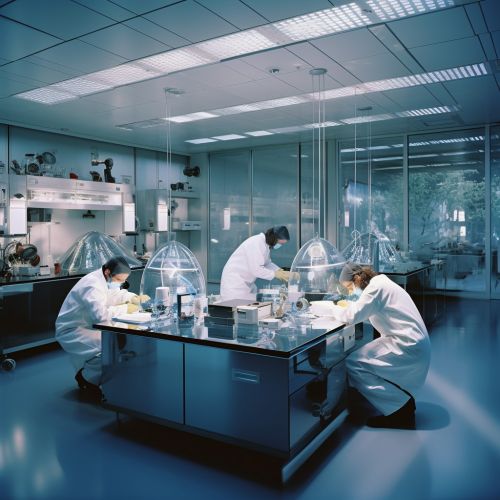

History
Forensic science has a rich history that dates back to ancient times. The first recorded application of medical knowledge to the solution of a crime was in a Chinese book, Hsi Duan Yu (the Washing Away of Wrongs), written in 1248, during the Song Dynasty (960–1279), which described the distinction between death due to drowning and strangulation 2(https://www.ncbi.nlm.nih.gov/pmc/articles/PMC2776288/).
Branches of Forensic Science
Forensic science is a multidisciplinary subject that drawn principally from Chemistry, Physics, Biology, Geology, Psychology and even social sciences. It is broadly grouped into three categories: Medical, Laboratory and Field Sciences.
Medical Forensics
Medical forensics primarily involves the study of body fluids for criminal investigation. It includes disciplines like forensic pathology, forensic odontology, and forensic toxicology.


Laboratory Forensics
Laboratory forensics involves the application of laboratory-based scientific techniques to the analysis of crime scene evidence. This includes disciplines like forensic chemistry, forensic biology, and forensic ballistics.
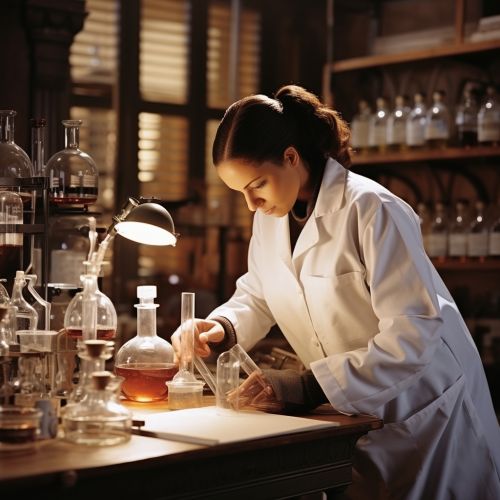
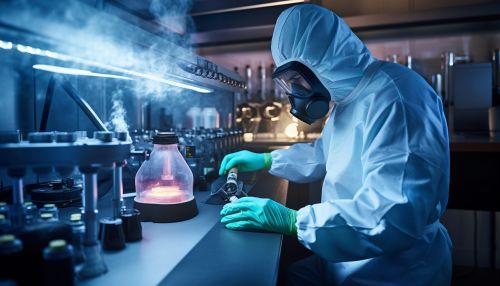
Field Forensics
Field forensics involves the collection and analysis of on-site evidence. This includes disciplines like forensic archaeology, forensic entomology, and forensic photography.
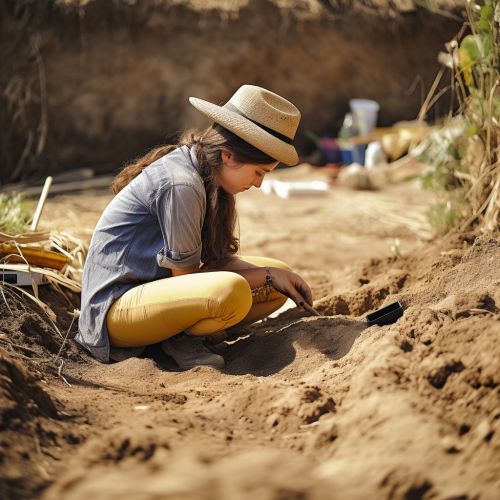
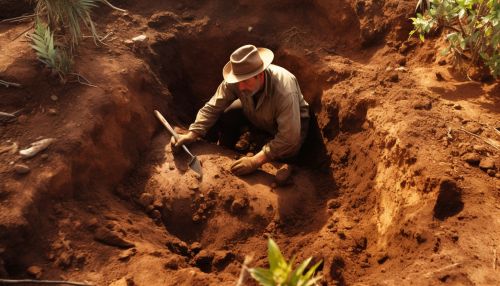
Forensic Techniques
Forensic scientists employ a range of techniques to solve crimes. These include fingerprint analysis, DNA profiling, and ballistic analysis, among others.
Fingerprint Analysis
Fingerprint analysis, also known as dactyloscopy, is a common method used in forensic science to identify individuals. This technique relies on the fact that no two individuals have exactly the same fingerprint patterns 3(https://www.ncbi.nlm.nih.gov/books/NBK220274/).
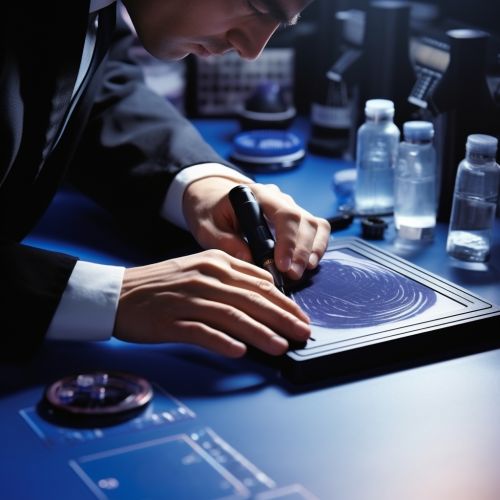
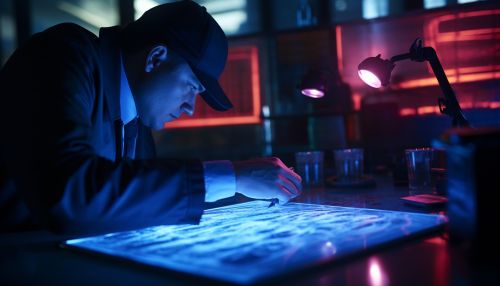
DNA Profiling
DNA profiling is a forensic technique used to identify individuals by characteristics of their DNA. It can be used to identify a suspect or to exonerate an individual 4(https://ghr.nlm.nih.gov/primer/testing/forensic).
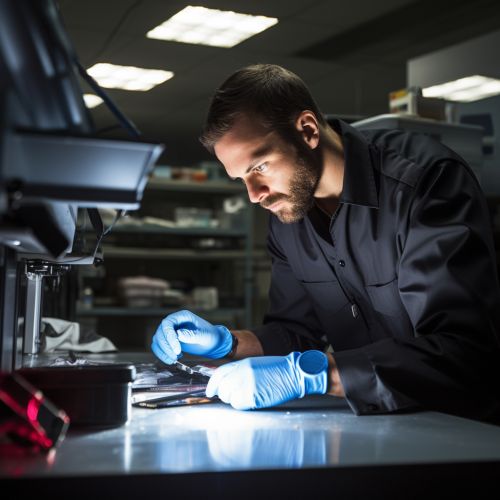
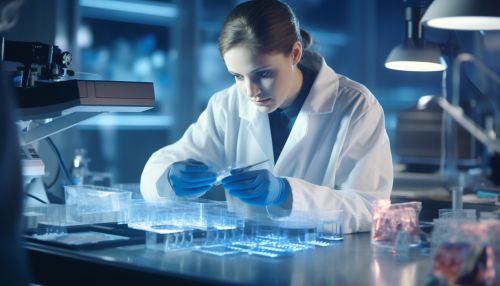
Ballistic Analysis
Ballistic analysis involves the examination of bullets and bullet impacts to determine information of use to a court or other part of a legal system. It can be used to establish the type of firearm used, the trajectory of the bullet and the distance of the shooter 5(https://www.sciencedirect.com/topics/chemistry/ballistic-analysis).
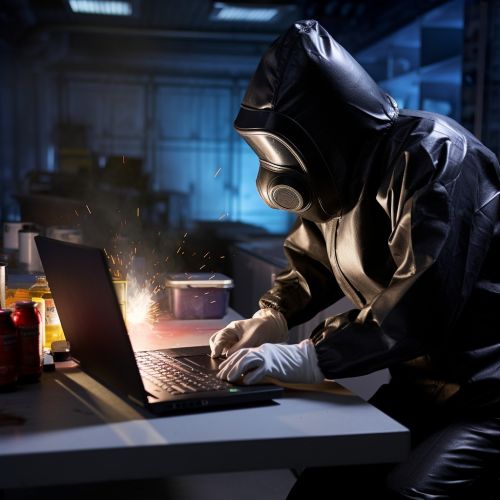

Role in Criminal Investigations
Forensic science plays a vital role in the criminal justice system by providing scientifically based information through the analysis of physical evidence. It can be used to establish the guilt or innocence of potential suspects, and to guide investigations 6(https://www.nij.gov/topics/forensics/pages/welcome.aspx).
Challenges and Criticisms
Despite its many successes, forensic science has been criticized for a lack of scientific validation, standards, and oversight, and a failure to communicate the inherent uncertainty in forensic science methods to legal practitioners 7(https://www.ncbi.nlm.nih.gov/pmc/articles/PMC3157117/).
Future of Forensic Science
With advancements in technology, the future of forensic science looks promising. New techniques and technologies, such as next-generation sequencing and rapid DNA analysis, are being developed and tested 8(https://www.ncbi.nlm.nih.gov/pmc/articles/PMC6396312/).


See Also
References
1. "Forensic Science." Encyclopedia Britannica. Retrieved from https://www.britannica.com/science/forensic-science 2. "The History of Forensic Science: From Ancient to Modern Times." National Center for Biotechnology Information. Retrieved from https://www.ncbi.nlm.nih.gov/pmc/articles/PMC2776288/ 3. "Fingerprint Analysis." National Center for Biotechnology Information. Retrieved from https://www.ncbi.nlm.nih.gov/books/NBK220274/ 4. "DNA Profiling." Genetics Home Reference. Retrieved from https://ghr.nlm.nih.gov/primer/testing/forensic 5. "Ballistic Analysis." ScienceDirect. Retrieved from https://www.sciencedirect.com/topics/chemistry/ballistic-analysis 6. "The Role of Forensic Science in Criminal Investigations." National Institute of Justice. Retrieved from https://www.nij.gov/topics/forensics/pages/welcome.aspx 7. "Forensic Science in Criminal Courts: Ensuring Scientific Validity of Feature-Comparison Methods." National Center for Biotechnology Information. Retrieved from https://www.ncbi.nlm.nih.gov/pmc/articles/PMC3157117/ 8. "The Future of Forensic Science." National Center for Biotechnology Information. Retrieved from https://www.ncbi.nlm.nih.gov/pmc/articles/PMC6396312/
